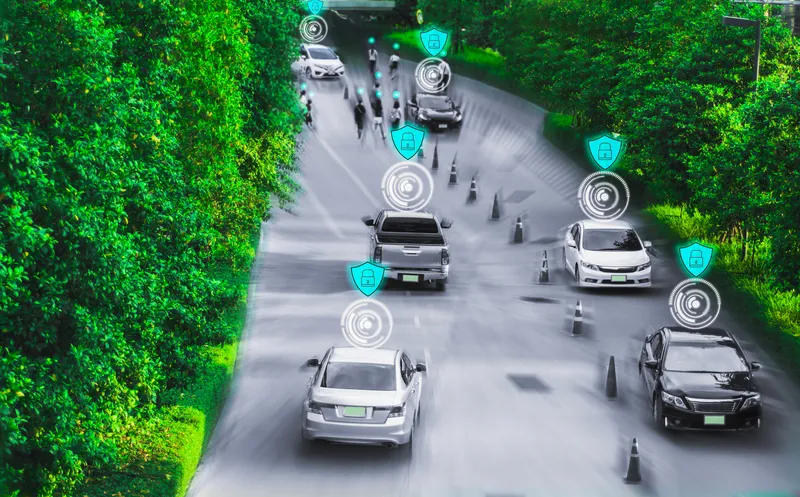A technology collaboration between InnovITS Advance and TRL has led to the creation of an advanced form of pedestrian detection target which it is claimed will help those specifying and developing automotive safety systems based on pedestrian recognition to test and certify their products in a more flexible, accurate and repeatable manner.
The new pedestrian target is based around a robust, free standing dummy that provides a realistic human aspect and moves under remote control with a programmable range o
July 17, 2012
Read time: 2 mins
A technology collaboration between 67 innovITS Advance and 491 TRL has led to the creation of an advanced form of pedestrian detection target which it is claimed will help those specifying and developing automotive safety systems based on pedestrian recognition to test and certify their products in a more flexible, accurate and repeatable manner.
The new pedestrian target is based around a robust, free standing dummy that provides a realistic human aspect and moves under remote control with a programmable range of speed and acceleration settings. It emulates the leg motion associated with a normal walking or running gait and can currently be configured for three body sizes. Each of these body options is fully detachable and designed to minimise vehicle damage should the pedestrian detection system fail to operate, and the unit moves on an extremely low profile base unit which is invisible to vehicle systems.
When combined with the ground truth positioning system installed at InnovITS Advance, the new pedestrian detection target system provides a fast, highly accurate and repeatable testing capability for this important category of automotive safety system.
The new pedestrian target is based around a robust, free standing dummy that provides a realistic human aspect and moves under remote control with a programmable range of speed and acceleration settings. It emulates the leg motion associated with a normal walking or running gait and can currently be configured for three body sizes. Each of these body options is fully detachable and designed to minimise vehicle damage should the pedestrian detection system fail to operate, and the unit moves on an extremely low profile base unit which is invisible to vehicle systems.
When combined with the ground truth positioning system installed at InnovITS Advance, the new pedestrian detection target system provides a fast, highly accurate and repeatable testing capability for this important category of automotive safety system.









